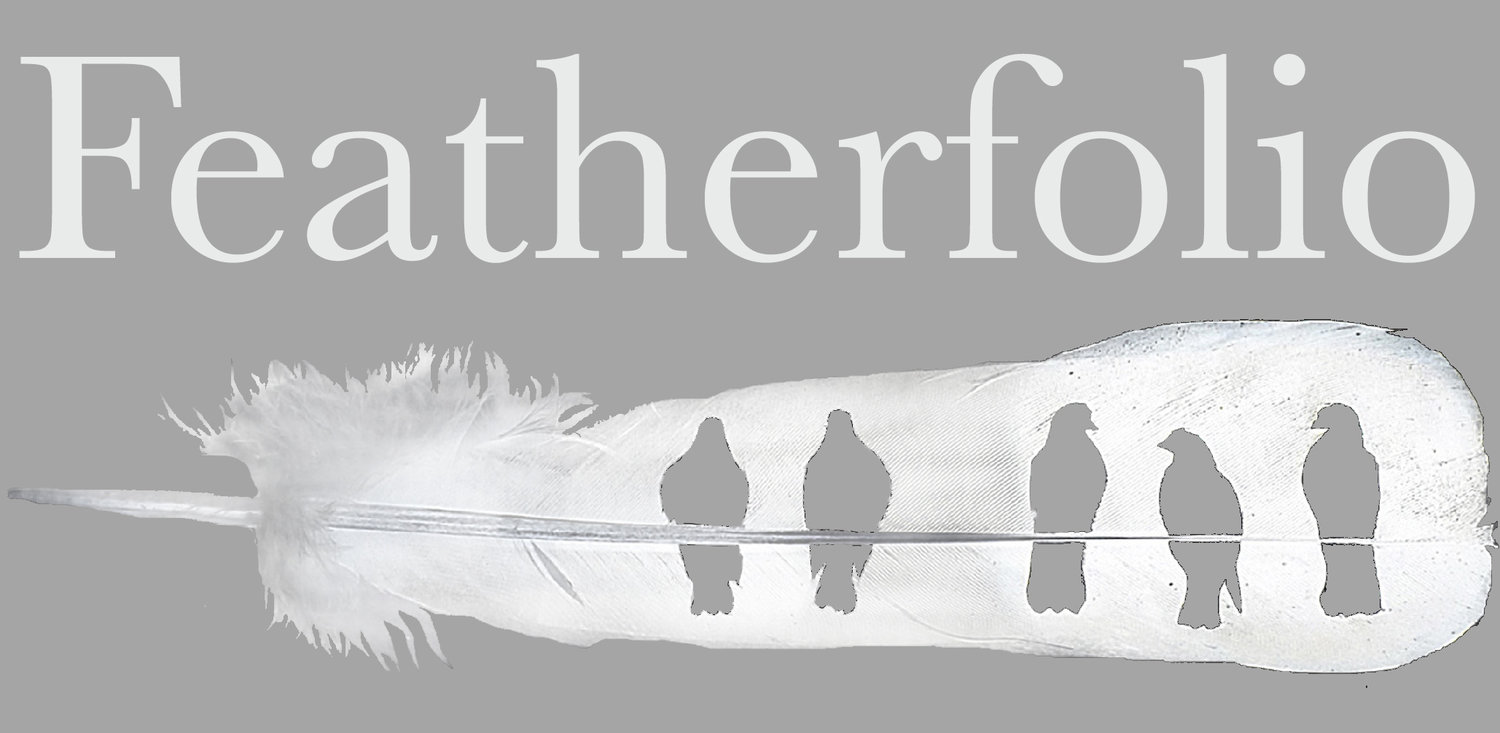Are feathers delicate? They float on the air, they weigh practically nothing. Yet they are intricately composed of the toughest of animal materials, doing the hard work of keeping a bird warm, dry, and aloft for a year, until new ones grow in and the old ones shed.
So I am intrigued by Angelo Musco’s photograph of a feather made out of hundreds of human bodies. “I call it the ‘Paradox of Lightness’ because there is this strength and power that comes from this community of thousands of interwoven bodies, yet it is a feather,” said Musco. “Ironically it looks effortless and elegant but it is the result of a coordinated and painstakingly long process.” “The image seems so light and effortlessly floating in the air,” he said. “It is a quiet, suspended moment you first see, but as you get closer and go into the piece you find a complex and completely unexpected world.”






















